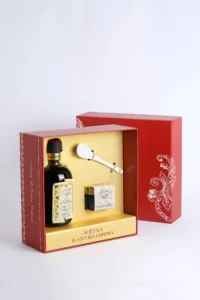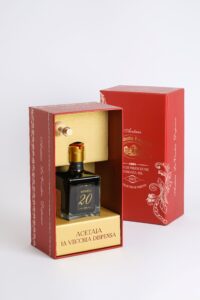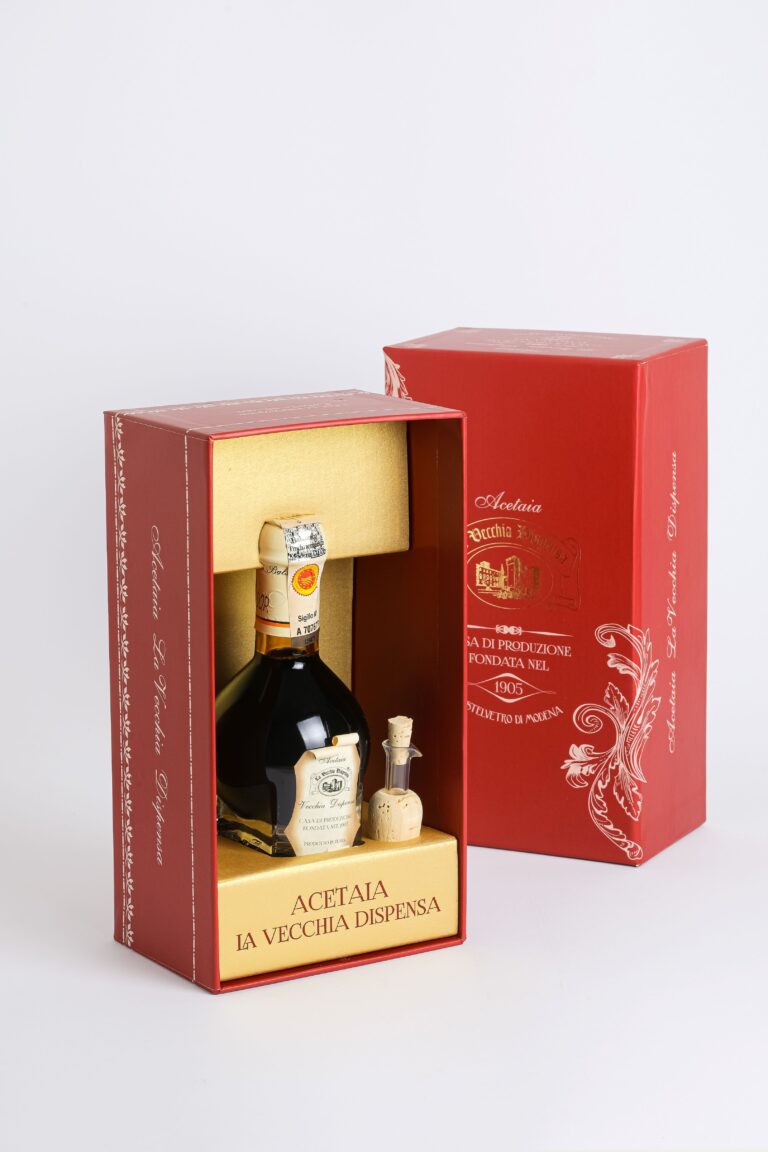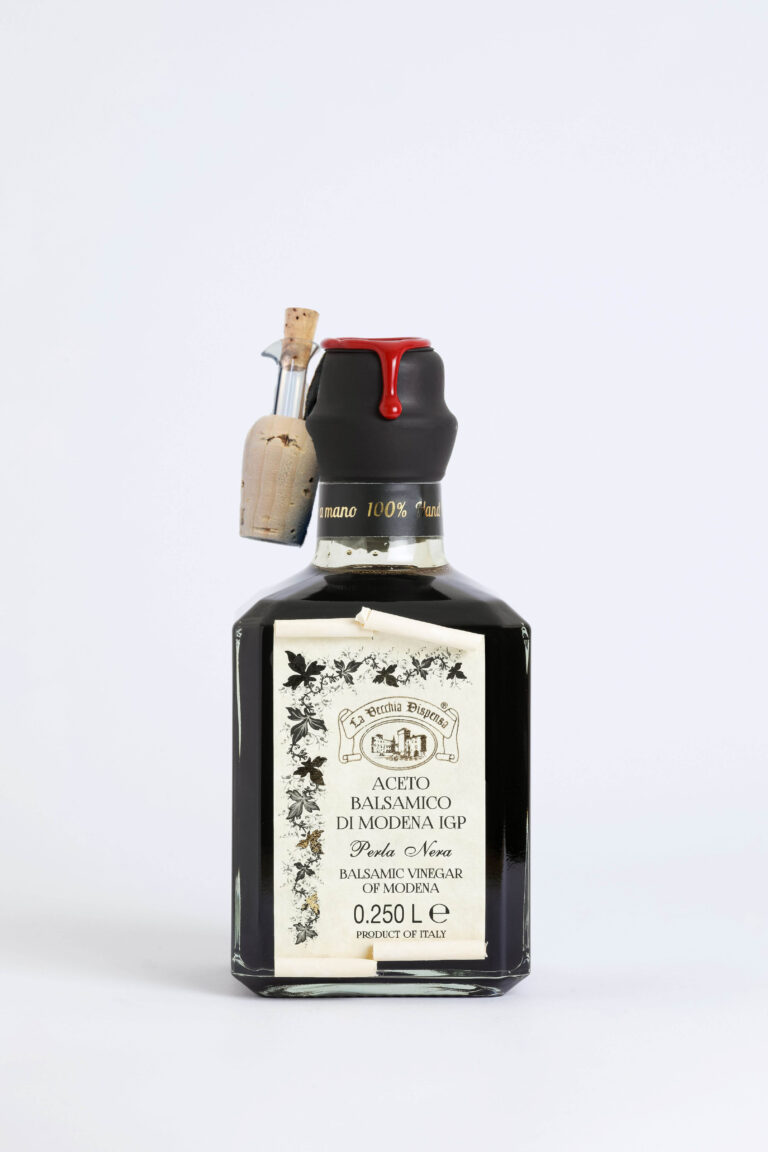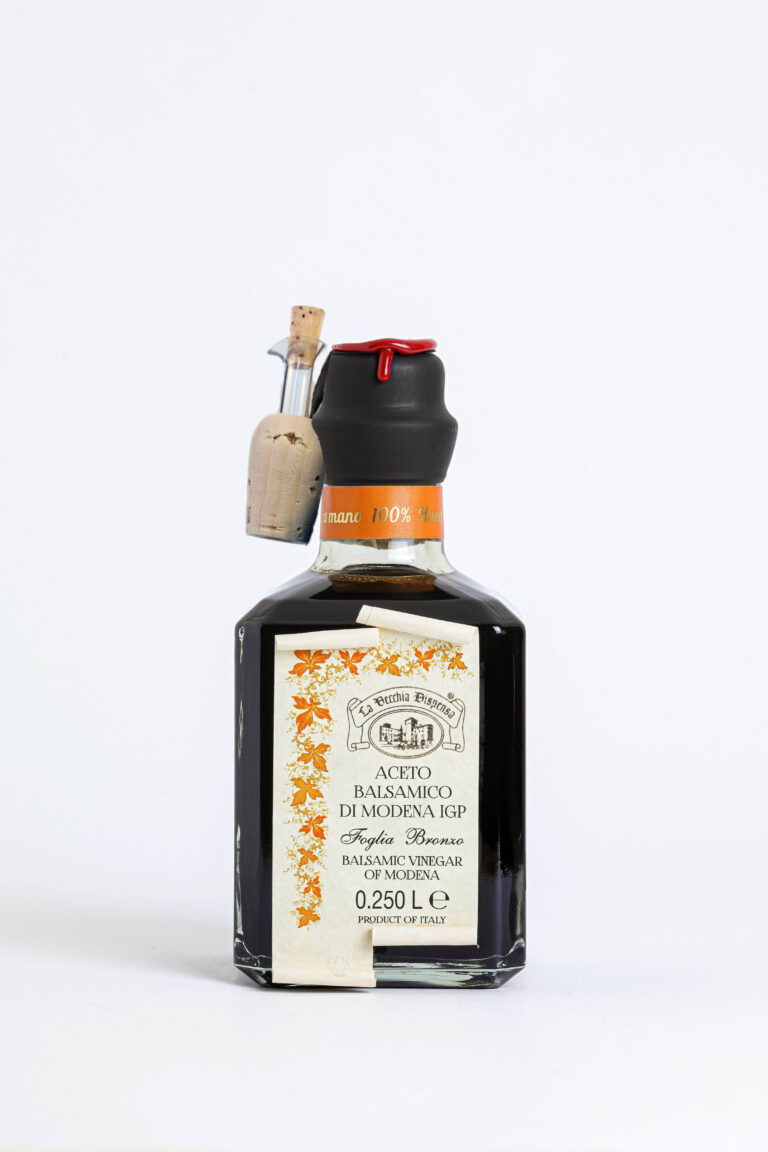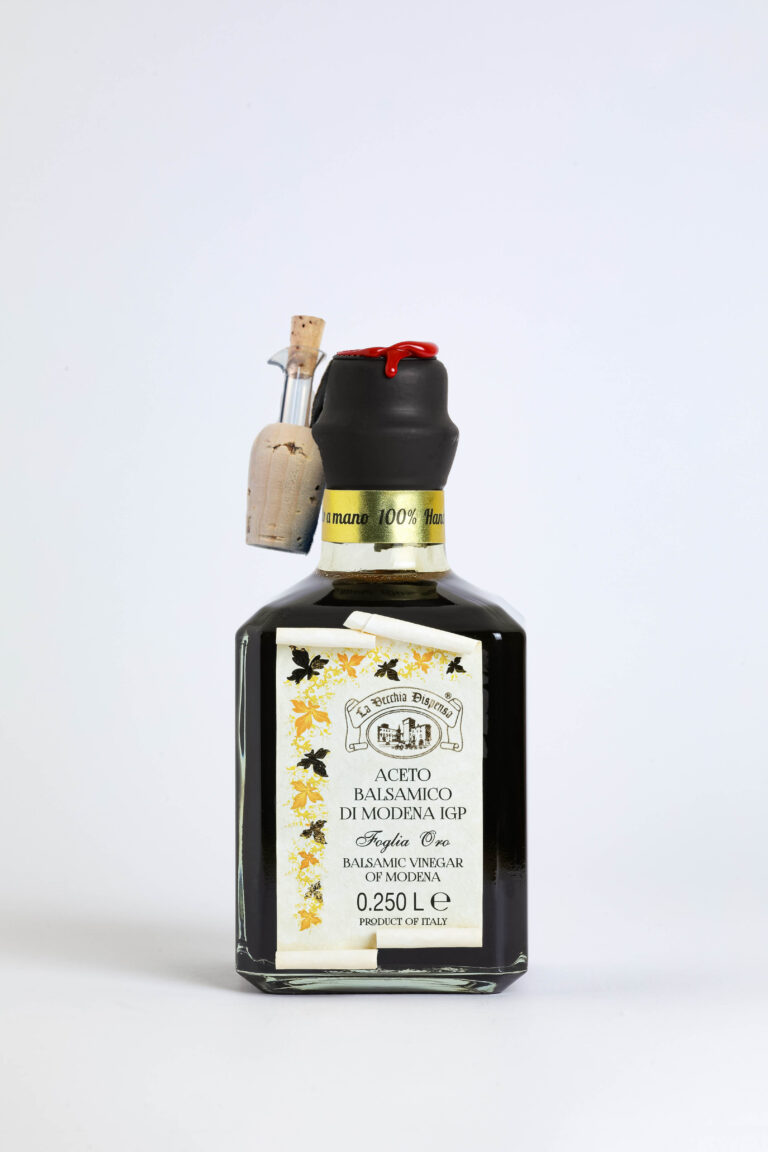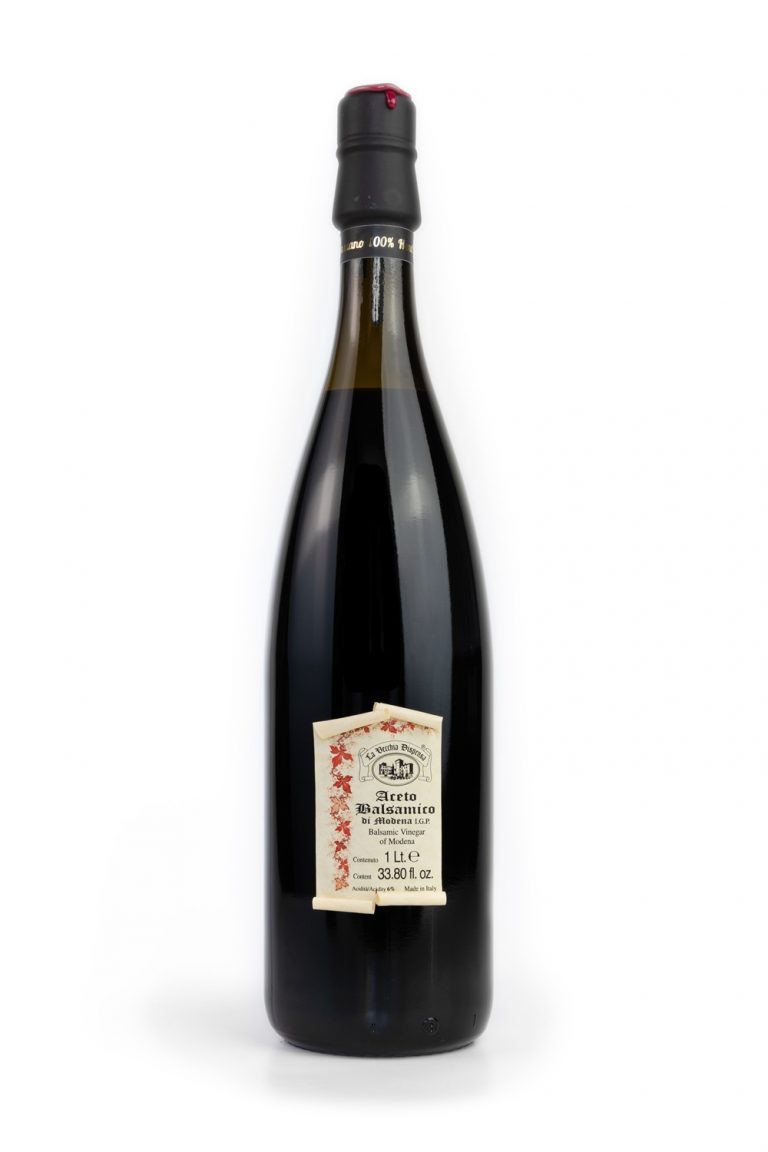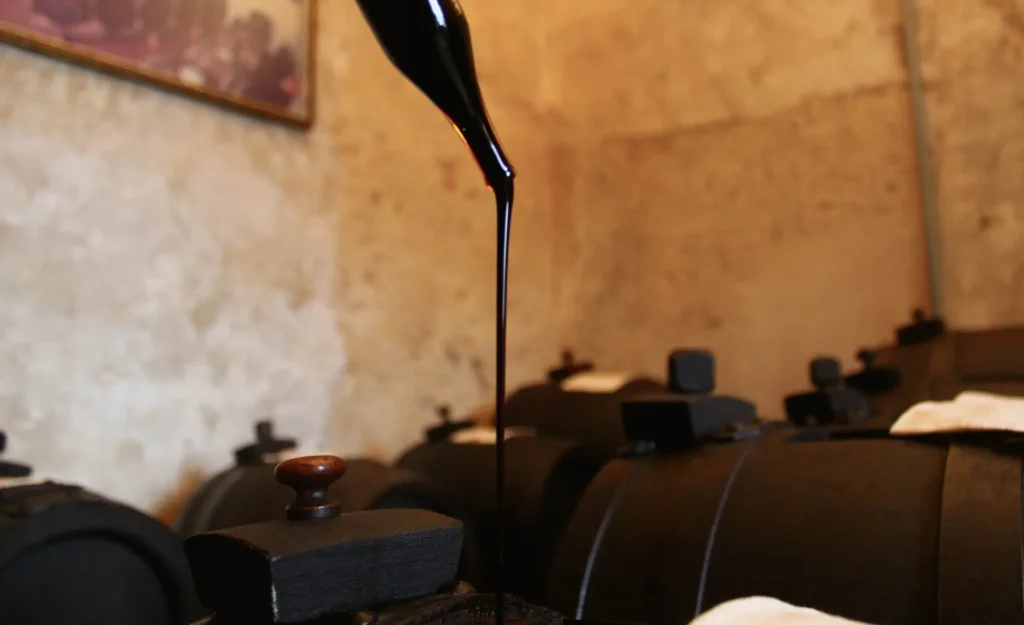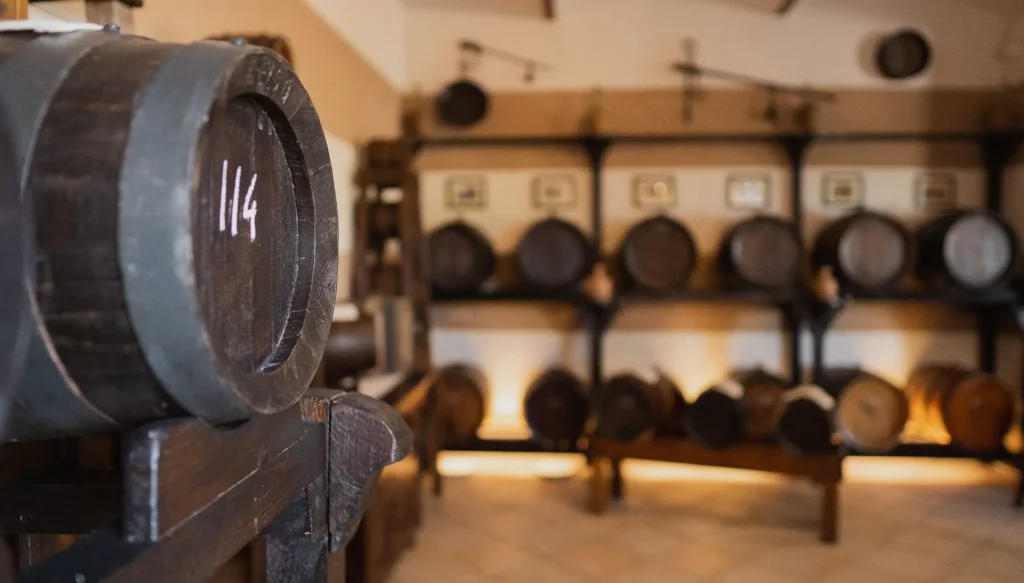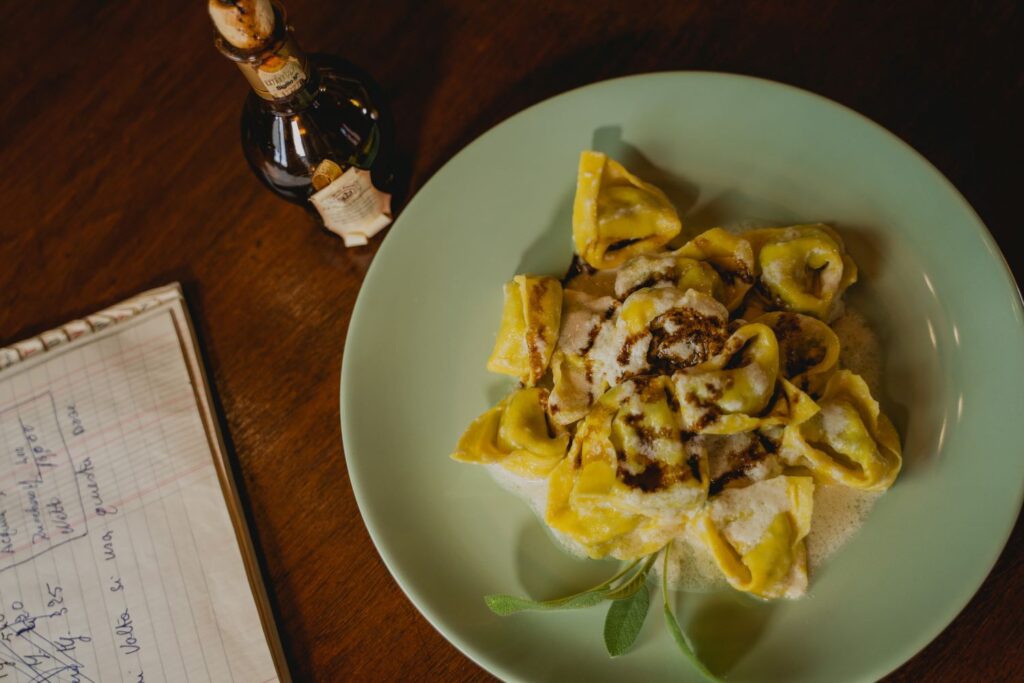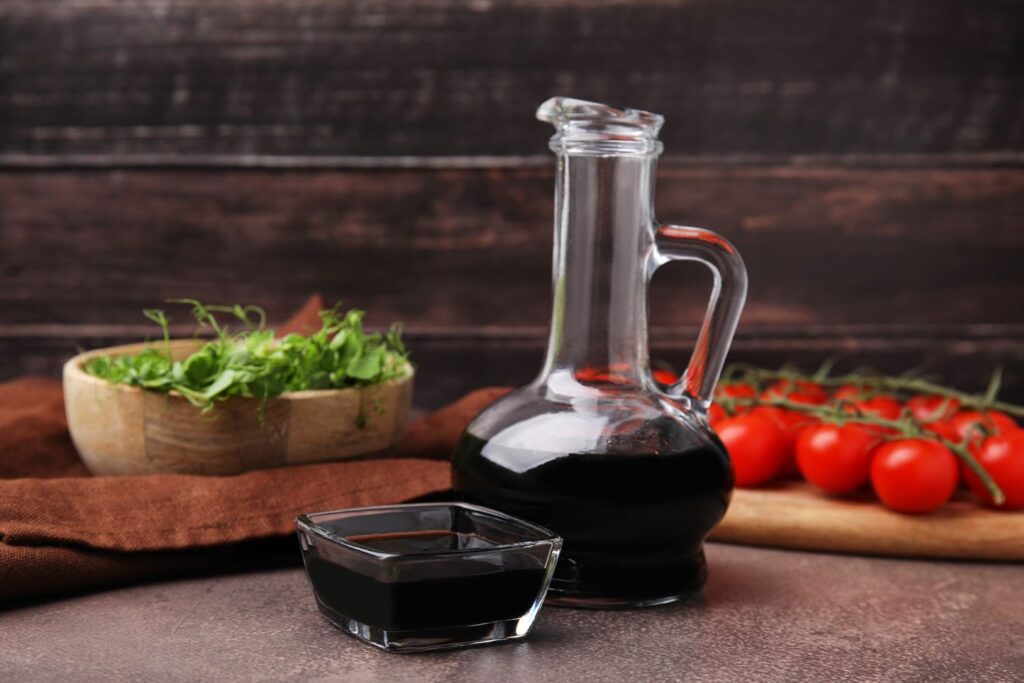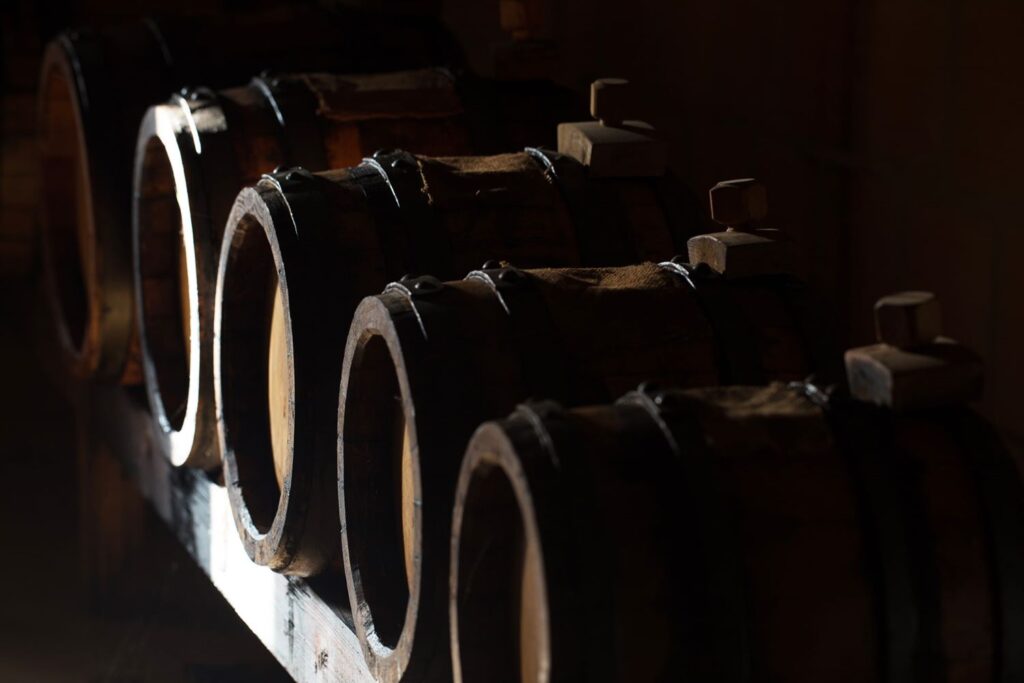Have you ever wondered how barrels for Balsamic Vinegar of Modena are made? Even if it is a question that we often get, it is important to point out some facts that could be not so obvious. For example, on the contrary to wine cellars, that are normally visually “homogeneous”, the Acetaias (Balsamic Vinegar production sites) are often more particular places, where you can see barrels of different sizes, woods and shapes that are never the same. This is particularly noticeable in the historic Acetaias of Modena and Reggio Emilia, but it is still characteristic of modern production sites too.
In order to understand the need for such different barrels, we need to go into detail about their creation and composition. We have to remember that the barrel is the basic element in the production of Balsamic Vinegar of Modena and it needs to possess many specific characteristics.
Physical Properties of the Woods of Balsamic Vinegar Barrels
When we are about to buy or make the barrels for Balsamic Vinegar, it is highly important to choose the right wood. In fact, the wood must be able to withstand the important temperature fluctuations characteristic of the production process, as long as resist the humidity necessary for the aging of Balsamic Vinegar. We are talking about virgin woods, also chosen basing on the essence they will release to the final product. It is not easy to comprehend the importance of a good barrel, so we decided to simplify the thing schematizing everything.
The Staves
The staves used for Balsamic Vinegar barrels must be much thicker than those used for wine barrels. This is because they must remain stable over the years and also withstand very high temperatures (more than 30 degrees Centigrade in summertime). Cognac or whiskey barrels would be perfect, for the size of the staves, but they are not always available in Italy. Until nowadays, it is preferred to build new barrels rather than reuse them.
The Hoops
The metal hoops of Balsamic Vinegar barrels must be preferably made of stainless steel or iron. We have to consider that over years it will have to resist corrosion from the acetic acid. In any case, perfect hooping does not exist: it has to be constantly ensured by adequate state checks of the barrels, with periodic reviews and appropriate maintenance. In fact, every self-respecting producer, must pay particular attention to the periodic inspection of the hoops in order to prevent any eventual corrosion, that may lead to the spillage and loss of the product. There is also the risk that the metal may spill into the vinegar, effectively risking iron contamination and the loss of years of hard work.
How Much Does It Take To Make a Barrel for Balsamic Vinegar?
It will take about 1-2 years to make an excellent barrel for Balsamic Vinegar. For obvious reasons, these barrels get normally produced in the Modena area and they have a decisively high price. However, any producer is always happy to spend an important amount for a barrel, since he obviously considers it a long-term investment. In fact, every barrel, if well maintained, can carry out several production cycles.
It is necessary to consider that an “old” barrel gets impregnated with aromas and perfumes deriving from the “old vinegars” that rest inside. For that reason, we normally say that a new barrel has a major “balsamic charge” (for example, the new cherry barrel will give the aroma to the product more quickly, since it is more imbued with it). An old cask, on the contrary, needs more time to transfer its aromatic characteristics to the product, but it also has the possibility to transmit the aromatic notes of the other woods, which the previous product have been impregnated with.
Differences Between PDO and PGI Barrels
- Traditional Balsamic Vinegar of Modena PDO: the aging of the product occurs in the batteries made of 5 barrels of different dimensions, from the smallest (5-10 lt.) to the largest ones. Every Acetaia has its own production method, in fact there is no unique recipe valid for everyone, when it is about the dimensions of the barrels. Obviously, a small barrel allows a major (and quicker) transfer of perfumes to the vinegar.
- Balsamic Vinegar of Modena PGI: the barrels are much larger (also vats of more than 1000 lt.), due to the very nature of the PGI production process, which doesn’t require important aging time.



